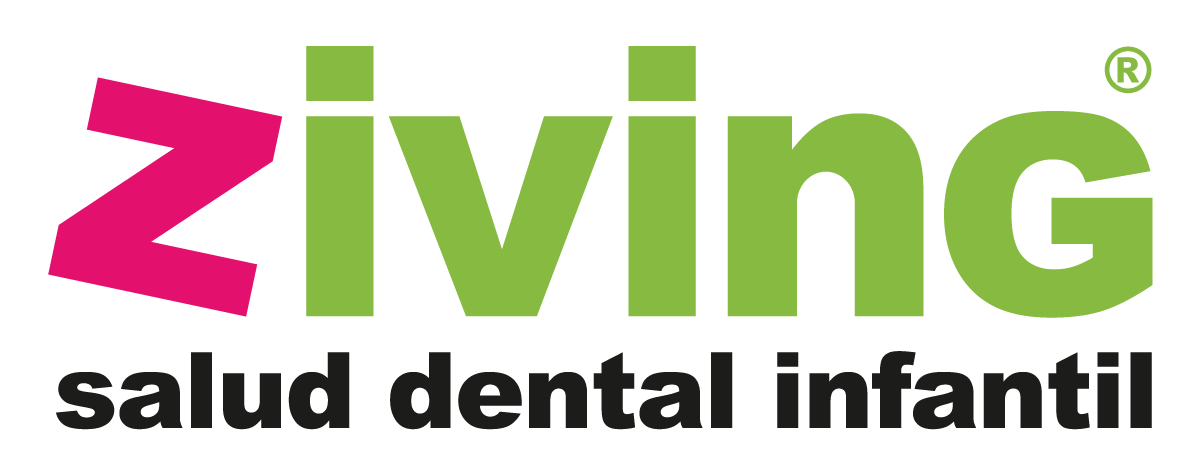The Spanish Association of Orthodontic Specialists recommends that all children should have an orthodontic check-up with a specialist in children's orthodontics from the age of 5.
From this age onwards, the first permanent teeth appear and we can detect incipient problems, both dental and in the development of the palate. An initial assessment by the orthodontist will allow us to make decisions on the best orthodontic treatment and when to start if there are any alterations.
Knowing when to start child orthodontic treatment simplifies our actions and achieves better results with less effort for children. Early action, when indicated, offers comprehensive control of the mouth and allows us to participate in its development (not limiting ourselves to moving only teeth as we used to do in the past).








 Te ayudo a planificar tus casos de ortodoncia invisible de una forma sencilla, predecible y aportando todos mis años de experiencia clínica.
Te ayudo a planificar tus casos de ortodoncia invisible de una forma sencilla, predecible y aportando todos mis años de experiencia clínica.